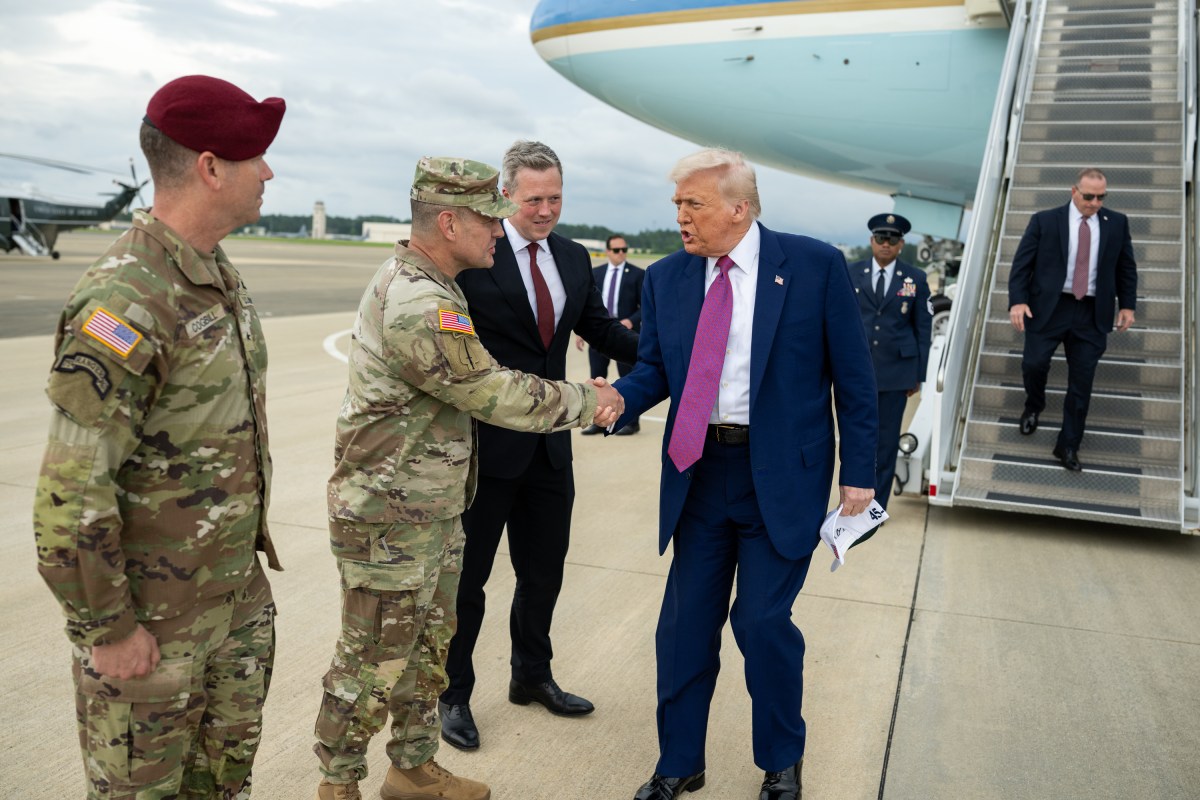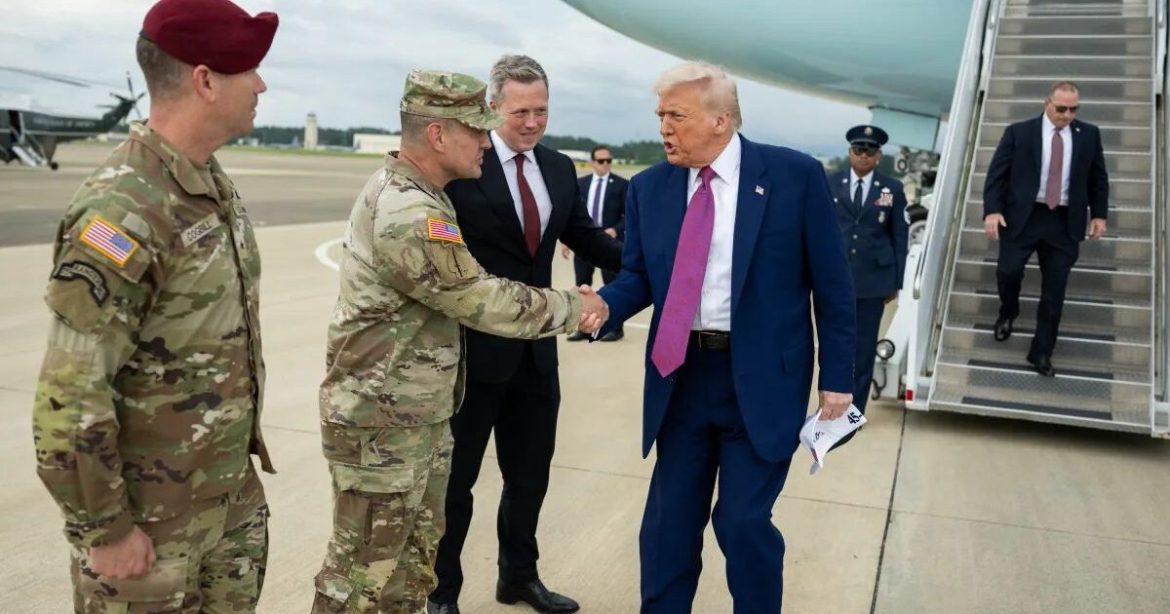

For generations, the United States has failed its veterans. These are the men and women who risked their lives for the country, served in war zones, and came home expecting the dignity they were promised—only to confront bureaucratic red tape, overcrowded hospitals, and, in far too many cases, life on the streets.
The political establishment has long delivered speeches honoring veterans, yet those words have rarely translated into meaningful policy. That pattern is finally beginning to shift.
President Donald Trump has taken concrete action to reform the broken system that has abandoned far too many service members.
In a direct effort to address decades of neglect, Trump signed the VA Home Loan Program Reform Act—legislation that grants the Department of Veterans Affairs new authority to intervene when a veteran is at risk of losing their home.
For the first time in years, the federal government is not merely speaking about supporting veterans—it is taking measurable action.
The legislation focuses on improving the VA’s home loan program, which allows eligible veterans to purchase homes with no down payment. While this initiative has helped many former service members achieve homeownership, others have been left vulnerable to foreclosure when financial hardship strikes.
Previously, the Department of Veterans Affairs lacked the legal tools to prevent these foreclosures. Now, under the law signed by Trump, the VA can step in by making partial loan claims, halting foreclosures, and setting up tailored repayment plans to help veterans remain in their homes.
The legislation also requires the VA to provide regular reports to Congress on how to improve veteran protections in the housing market, where many still face discrimination from lenders and real estate agents.
New procedures for loss mitigation are now mandated, ensuring that when a veteran experiences financial distress, the response is one of support—not indifference.
This is one of the most significant federal efforts in recent memory to address veteran homelessness and marks a fundamental shift in how the government responds to financial crises faced by former service members.
In a separate and equally consequential move, President Trump signed an Executive Order to establish the National Center for Warrior Independence, which will be constructed on the Veterans Affairs campus in West Los Angeles.
The center aims to provide housing for 6,000 homeless veterans by 2028—a goal that reflects both the scale of the crisis and the seriousness of the response it demands.
The Executive Order also mandates sweeping reforms across the VA system. Federal agencies are directed to reduce wait times at VA hospitals, expand access to virtual healthcare, and reinstate accountability within the Department by allowing for the removal of employees found guilty of misconduct—a practice that had been weakened or ignored for years.
Taken together, these actions constitute the most comprehensive federal initiative in more than a decade to combat veteran homelessness.
President Trump is restoring the full dignity of military service—ensuring that those who served are not forced to navigate a dysfunctional system to receive the care they earned.
These reforms represent a long-overdue reckoning with the United States’ decades-long failure to provide for its veterans. The neglect spans generations—from Vietnam veterans who were discarded in the 1970s, to post-9/11 service members today struggling with PTSD, inflation, and joblessness.
The federal government has often treated veterans as a liability instead of honoring them as national heroes.
Programs intended to provide support have too often delivered long delays, substandard service, and inconsistent benefits. President Trump’s reforms acknowledge that veterans are not political talking points. They are real people with specific needs.
Veterans do not need another speech from a political figure. They need stable housing, timely medical care, and a government that functions on their behalf when they return home.
The VA Home Loan Program Reform Act and the creation of the National Center for Warrior Independence represent essential steps toward correcting decades of neglect.
For the first time in recent memory, federal policy is aligning with the nation’s moral obligation to its veterans.
Much more remains to be done. But these actions mark the most meaningful progress in a generation. President Trump is the only president in recent history to understand that honoring veterans requires more than ceremony—it requires building a system that treats them with the lasting respect their service demands.
The post Trump Ends Decades of Veterans’ Neglect appeared first on The Gateway Pundit.

